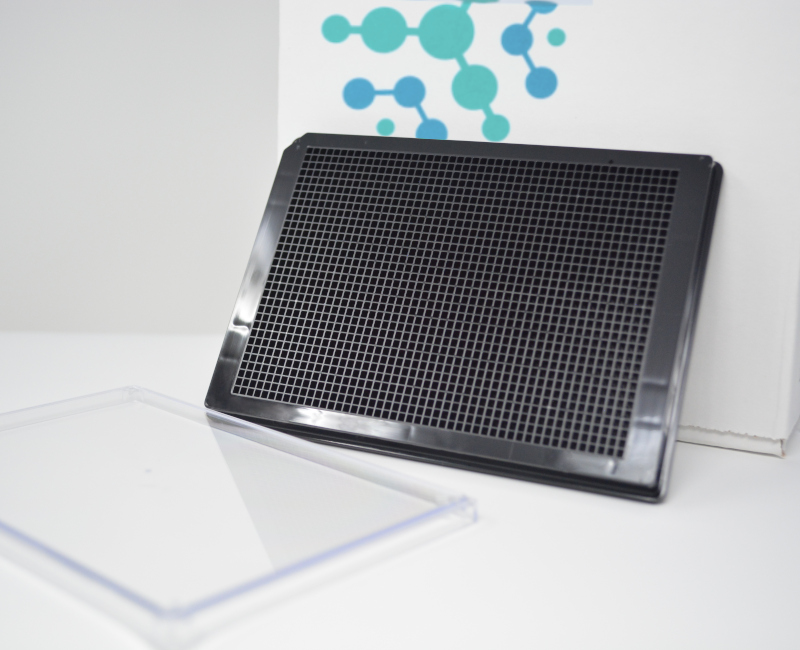
Sandwich cultures for 3D Hepatocytes
In the recent years there has been an arsenal of 3D cell culture techniques developed for both small-scale applications such as physiological research as well as industrial research such as pharmacokinetics and high throughput drug screens. 3D liver cultures are more representative of in-vivo like structure and function, making them a better fit to obtain reliable and translatable data for basic and liver disease research.
Sandwich cultures
Sandwich cultures comprise of hepatocytes cultivated between two layers of extracellular matrix (ECM) such as collagen, fibronetin, or Matrigel®. The basal ECM determines the cell composition, and determines hepatic polarity, cell morphology and multi cellular arrangement. The overlaying matrix determines the bile secretion behaviour; usually used as a measurement of hepatocyte metabolic viability. Sandwich cultures were found to consist of accurate localizations of basolateral and canalicular transporters, as well as functional bile canaliculi. Additionally the cells also regained polarity (1).
Strengths and weaknesses of sandwich cultures
Sandwich cultures are effective in assessing transport clearance, enzyme-transporter dynamics and bile acid mediated liver toxicity. Quantitative measurements of correlation between intracellular bile acid accumulation and cellular toxicity were found useful in drug induced liver disease studies (2,3). Despite its promise as a reliable 3D hepatic model, there are a few limitations that must be taken into account. Long-term hepatic sandwich cultures indicated bile canaliculi damage and cholestasis development and leakage, highlighting the need for technical advancements to improve structural stability, consequently increasing its reliability as a 3D model for hepatobiliary excretion system (1-3). However, sandwich liver cell cultures still remain a viable option for short-term studies investigating hepatotoxicity, and drug disposition.
References
1. Deharde, D., Schneider, C., Hiller, T., Fischer, N., Kegel, V., Lübberstedt, M., et al. (2016). Bile canaliculi formation and biliary transport in 3D sandwich-cultured hepatocytes in dependence of the extracellular matrix composition. Arch. Toxicol. 90, 2497–2511.
2. Zeigerer, A., Wuttke, A., Marsico, G., Seifert, S., Kalaidzidis, Y., and Zerial, M. (2017). Functional properties of hepatocytes in vitro are correlated with cell polarity maintenance. Exp. Cell Res. 350, 242–252.
3. Serras AS, Rodrigues JS, Cipriano M, Rodrigues AV, Oliveira NG and Miranda JP (2021) A Critical Perspective on 3D Liver Models for Drug Metabolism and Toxicology Studies. Front. Cell Dev. Biol. 9:626805.
4. Ölander, Magnus. (2019). Proteomic and Functional Analysis of In Vitro Systems for Studies of Drug Disposition in the Human Small Intestine and Liver. 10.13140/RG.2.2.33129.03681.


